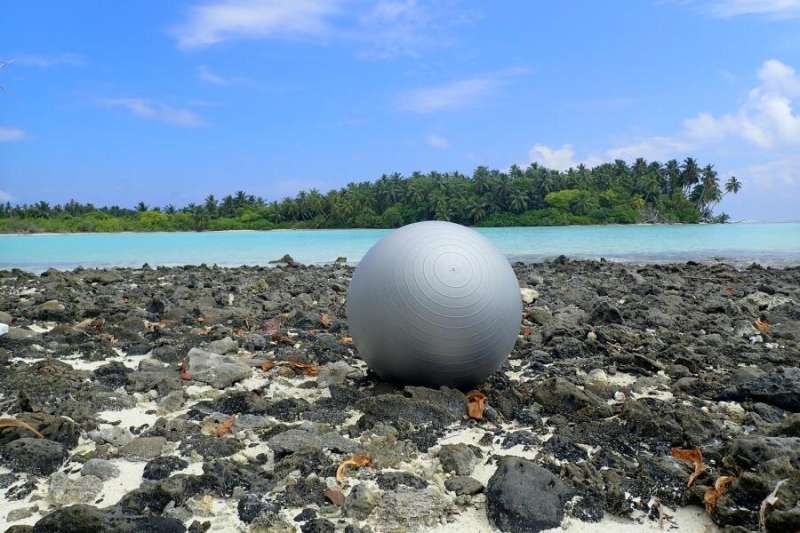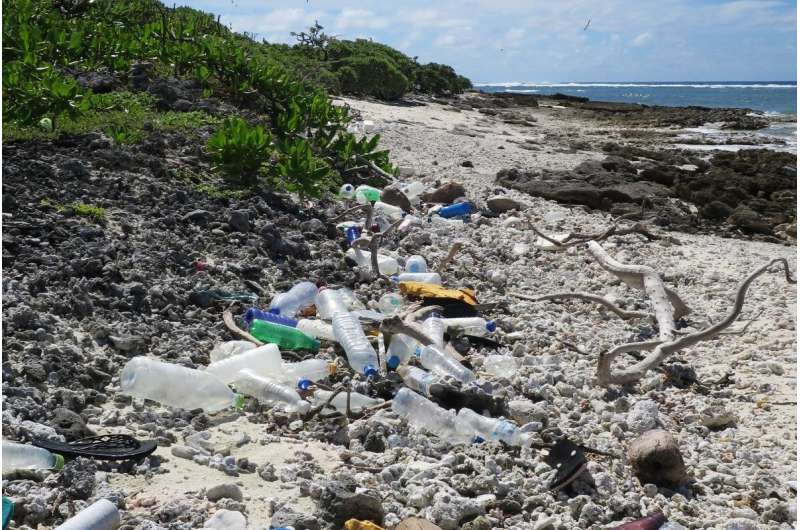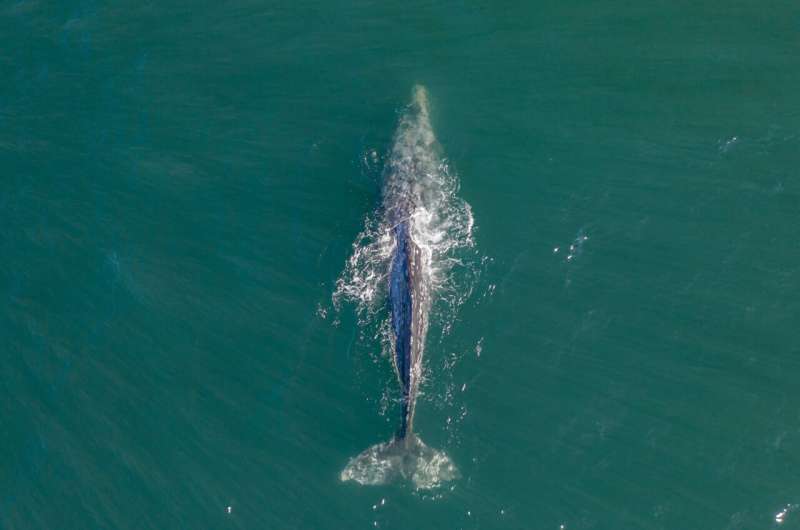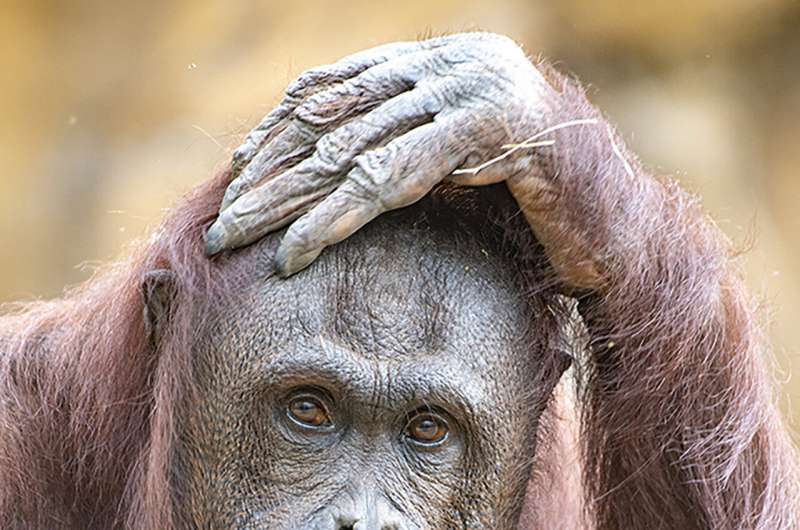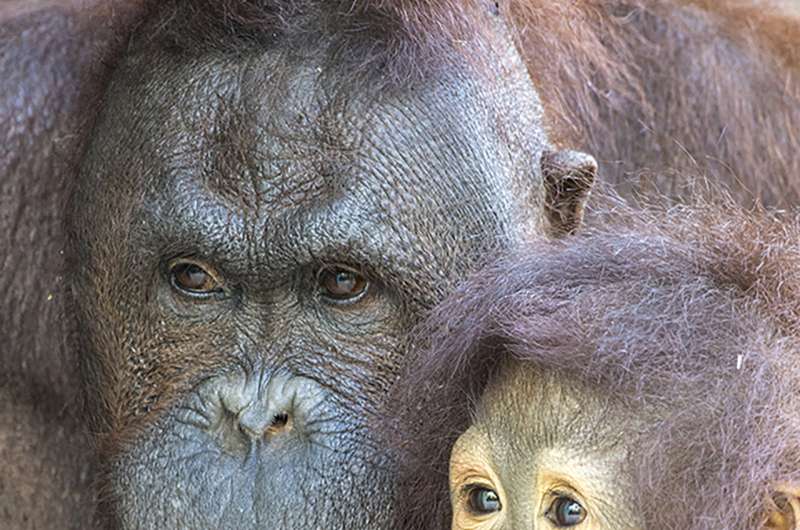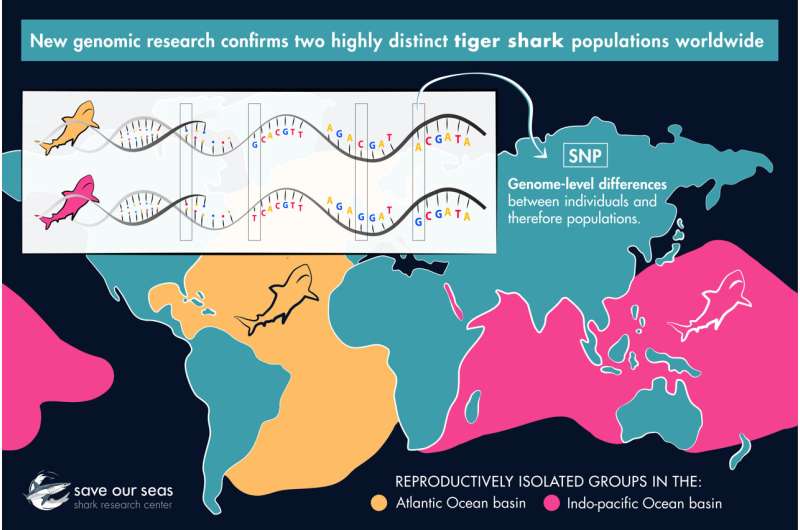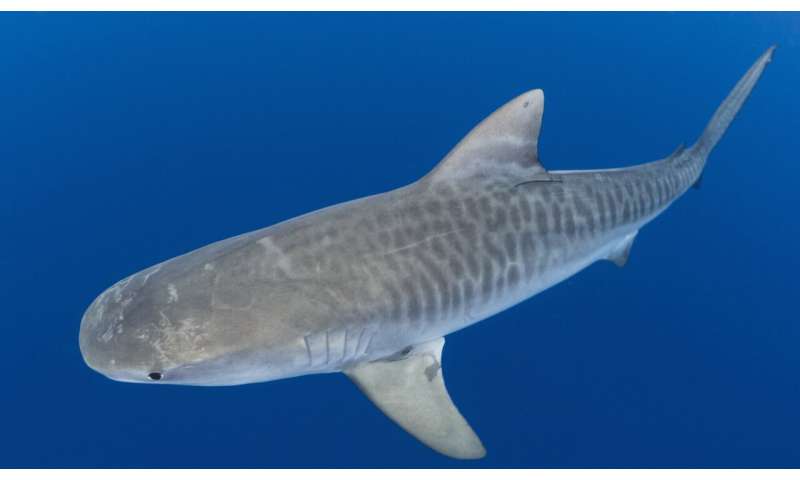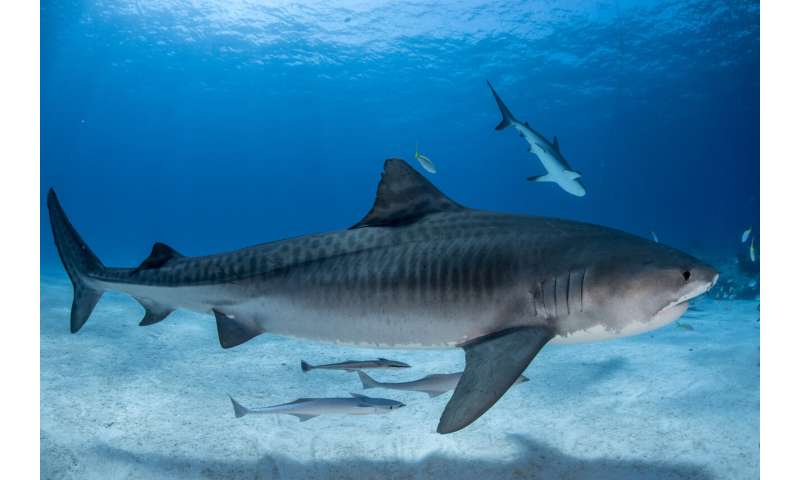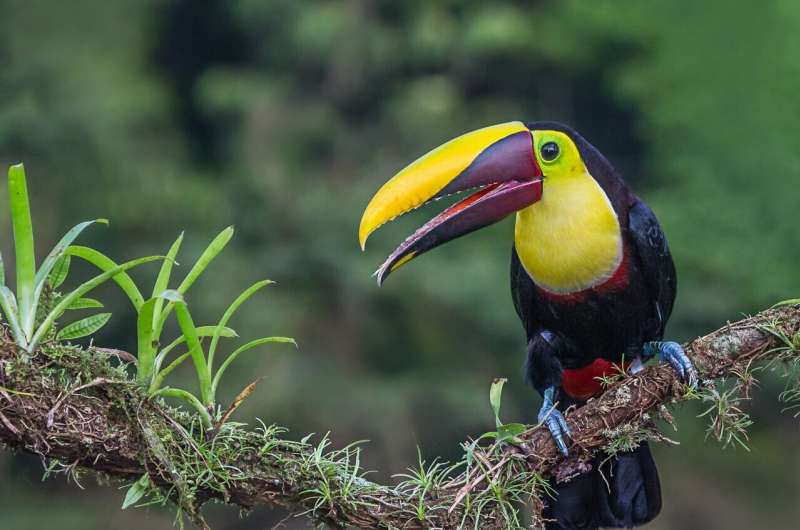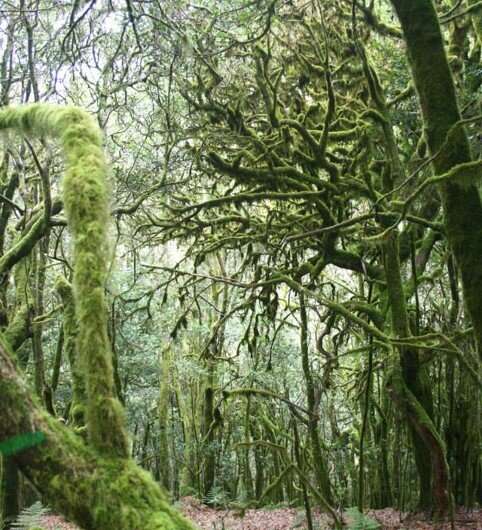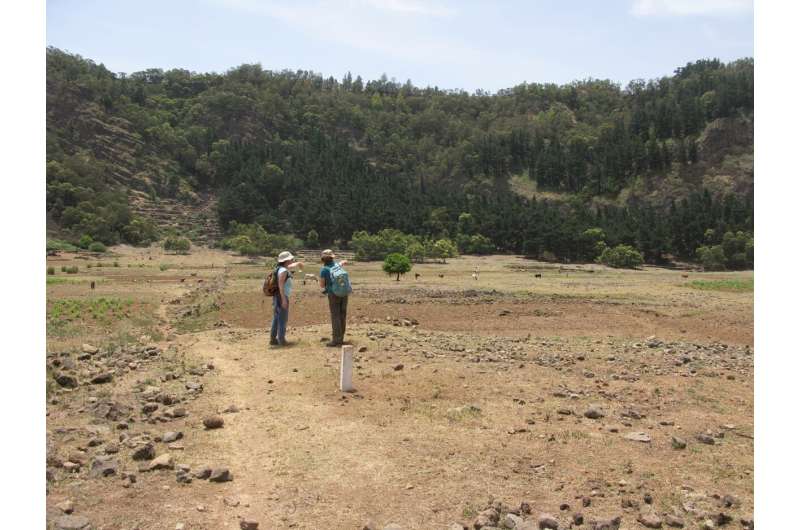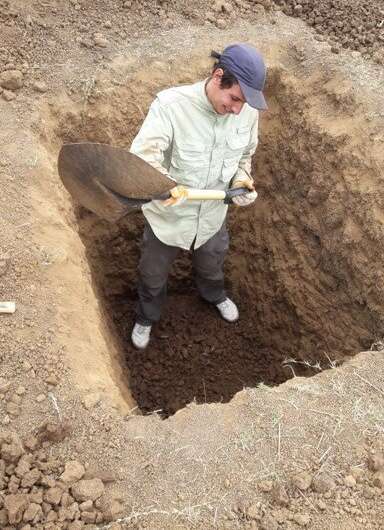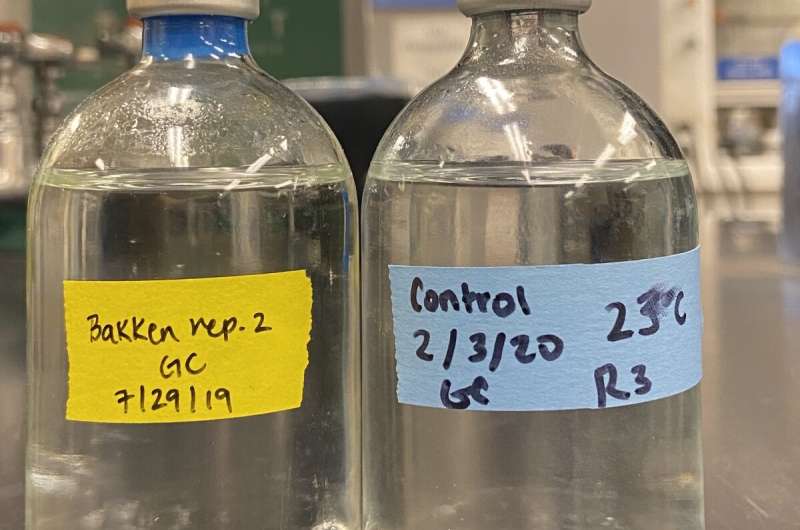How rabbits help restore unique habitats for rare species
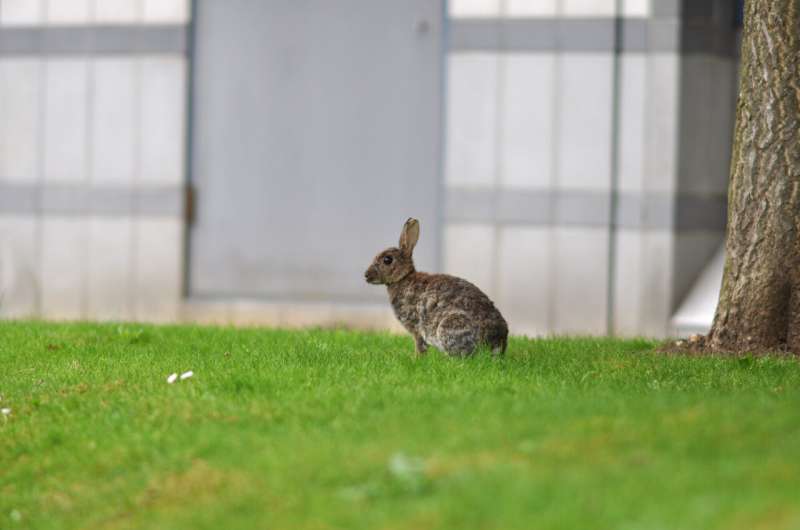
European wild rabbits are a 'keystone species' that hold together entire ecosystems—according to researchers at the University of East Anglia.
Their grazing and digging activity keeps the ground in a condition that is perfect for sustaining other species that would otherwise move on—or die out.
But their numbers are declining regionally, nationally and globally. And they are even being classed as endangered in their native region, the Iberian Peninsula.
The findings come as efforts to save England's most threatened species from extinction are turning the tide for wildlife in Norfolk and Suffolk thanks to the Shifting Sands project.
Shifting Sands is one of 19 projects across England that make up the national Back from the Brink initiative. Together, these projects aim to save 20 species from extinction and benefit over 200 more.
Lead partner of the rabbit workstream and rabbit expert Prof Diana Bell, from UEA' School of Biology, said: "The Breckland-based Shifting Sands project was set up to save some of the region's rarest wildlife.
"After several years of hard work by this multi-partner project, the fortunes of species classed as declining, rare, near-threatened or endangered are now improving in the Brecks.
"The project has seen species recover in record numbers—including endangered beetle and plants, one of which is found nowhere else in the world.
"Rabbits are incredibly important because their grazing and digging activity keeps the ground in a condition that is perfect for sustaining other species.
"Sadly, rabbit populations have declined dramatically in the UK and across Europe, and the European wild rabbit is now listed as endangered in its ancestral Iberian Peninsula range. Their decline is largely due to a spill-over of new viruses from commercially bred rabbits.
"The Shifting Sands project has shown us how important rabbits are to entire ecosystems, and it is vital that these habitats are conserved and protected.
"We encouraged a rabbit revolution in the Brecks and we have produced a toolkit in partnership with Natural England to help landowners of similar rabbit-dependent habitats to do the same."
"Simple cost-effective ways of encouraging rabbits include creating piles of felled branches, known as brush piles, and banks of soil."
Monitoring over the past three years has shown the interventions are working, with evidence of significantly higher amounts of rabbit activity.
Prof Bell said: "Our work resulted in evidence of rabbit activity in significantly higher numbers. 91 percent of brush piles showed paw scrapes and 41 percent contained burrows. Even when burrows did not form, the brush piles helped expand the range of rabbit activity."
The UEA research team worked in collaboration with Natural England, Forestry England, Plantlife, Breckland Flora Group, Norfolk Wildlife Trust, Suffolk Wildlife Trust, Butterfly Conservation, Buglife, the Elveden Estate and the RSPB to deliver this ambitious partnership project.
It has seen five kilometers of 'wildlife highways' created, more than 100 specimens of rare plants re-introduced, habitat created and restored across 12 sites, species encouraged, and landscape-management practices improved.
As a result, seven species of plant, bird and insect are increasing in number and many more are benefiting in turn.
Among those species recovering are rare plants such as the prostrate perennial knawel that is unique to the Brecks, basil thyme and field wormwood. The endangered wormwood moonshiner beetle, lunar yellow underwing moth and five-banded digger tailed wasp are also increasing. All these species are identified in the UK's Biodiversity Action Plan as being priorities for conservation.
The open habitat maintained by rabbits supports two rare plants: the prostrate perennial knawel—found nowhere else in the world—and field wormwood.
Pip Mountjoy, Shifting Sands project manager at Natural England, said: "The Brecks were described by Charles Dickens as "barren." They are anything but. Their 370 square miles of sandy heathland, open grassland and forest support almost 13,000 species, making it one of the UK's most important areas for wildlife.
"That wildlife is under threat. Felling trees and encouraging a species that is often considered a pest may seem a strange solution. But in this instance, carefully managed 'disturbance' is exactly what this landscape and its biodiversity needs."
"The project's interventions have provided a lifeline for this unique landscape, and shown how biodiversity can be promoted by 'disturbing' places—not just by leaving them alone. "
"These rare habitats are becoming overgrown and species are declining as a result of changing land management practices and human impacts. It's our responsibility to restore and maintain these spaces for nature. Some of these species exist only here and, if lost, will be lost forever.Feds say New England cottontail doesn't need protection
More information: More information about the Brecks, Shifting Sands, Back from the Brink and a toolkit to help rabbit conservation is available via https://naturebftb.co.uk/wp-content/uploads/2021/09/Shifting-Sands-Techniques-to-encourage-European-rabbit-recovery.pdf
Provided by University of East Anglia
